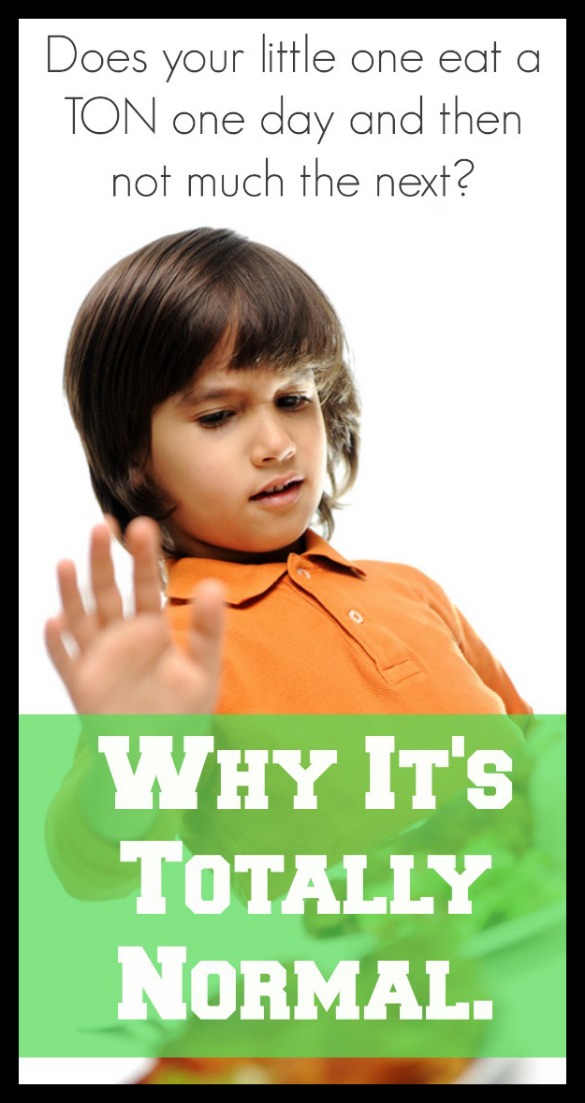Filling Little Bellies
Feeding a baby is a no-brainer: It’s either formula or breast milk. But feeding larger kiddos can be a bit of a challenge! How can you guide your kids in a healthy eating direction? Alyse Levine, MS, RD, LIVESTRONG.COM nutrition adviser and founder of NutritionBite LLC steps in to show parents how it’s done!
Little Bellies, Big Challenges
When it comes to feeding children, I am often asked “How much does my kid need to eat?” andthen I hear statements like “I don’t think my child eats enough” or “He doesn’t eat anything! I am always struggling for him to take another bite or finish what is on his tray.” My reply to these statements is always the same—if your pediatrician is not concerned about your child’s growth, then your child is eating enough! The child is the only one who should be in charge of deciding how much he or sheis going to eat.
In fact, if you have a young child, you have probably seen him eat a great deal of food one day and then seem to barely touch his food for the next few days. This is completely normal, and just a sign of how well he can self-regulate his intake. The same is true when you see a toddler eat his favorite ice cream and stop mid-way through a scoop because he is full (how many adults do you know who can do that?!). These are examples of how well attuned babies are to their own hunger and fullness levels.
Ellyn Satter, an internationally recognized registered dietitian and authority on the division of responsibility in feeding infants and children, makes it very clear that both a parent and a child have unique responsibilities around feeding:
Parent: Decide What, When and Where. Parents need to provide healthy, tasty, age-appropriate foods at scheduled times for the child. That’s right: All you have to do is provide healthy meals and snacks at scheduled times each day.
Child: Decide If and How Much.This means that if you provide a wonderful meal for your child and he decides to just take one bite and then be done, you need to respect that! On the other hand, if your child eats everything on his tray and is still looking for more, it is your responsibility to offer him more until he decides he is finished!
When this division of responsibility is followed, meal times are a lot less stressful, and your child will have a much healthier relationship with food. All babies are born with the ability to register their body’s signals of hunger and fullness; they do not have any emotional or environmental influences into how much and when they eat (unlike adults who are often driven to eat for emotional or social reasons just as much as for physical hunger reasons).
As soon as you fully give up the responsibility of having to get a certain amount of food into your child’s mouth (or limit how much goes into his mouth) at each meal, you will feel a great deal of relief—and give your child a very important sense of independence as well!
Great tips, Alyse! I think we can all learn a little something from the eating habits of kids! —Erin

